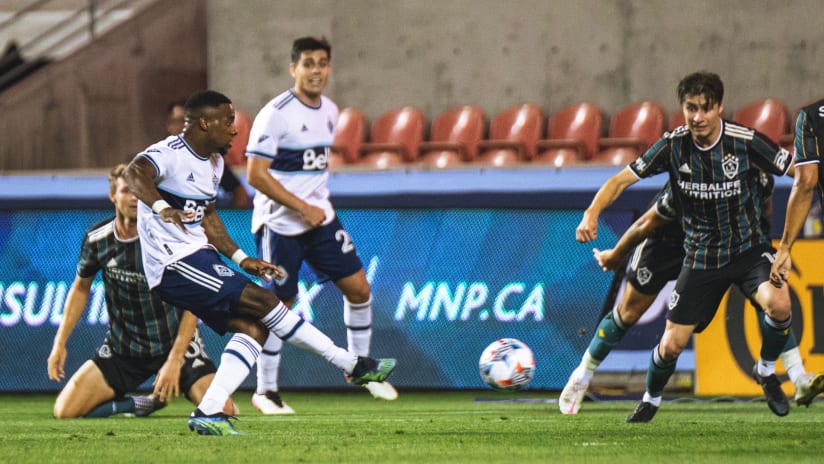In part two of our series exploring concussions and injury prevention, whitecapsfc.com took a look at the new three-level Major League Soccer (MLS) concussion protocol and what Whitecaps FC are doing to prevent concussions and injury on the pitch. This week, in part three of our series, we look at the most common injuries that occur in soccer and what measures can be taken by recreational soccer players to prevent concussions and other injury.
Soccer is a game that can take a physical toll on all players, both professional and recreational. Lower extremity injures such as contusions, cartilage tears and sprains can greatly affect soccer players and can limit the use of their knees. These injuries are most common after repeated blows to the body.
Lower extremity injuries like shin splints and groin pulls can be directly tied to overuse of certain muscles. Lack of proper fitness, activity before stretching, and dehydration have also been linked to some of these common overuse lower extremity injuries.
With the knowledge of these injuries, how can you best prevent them? Well of course, stretching and staying hydrated before, during and after each activity is key to preventing any injury. Wearing properly fitted equipment is not just crucial to comfort on the pitch but, safety as well. However, a lot of these lower extremity injuries are due to overuse of muscles and joints. A lot of sports medicine professionals recommend you take extensive rest periods in between games as it’s believed many young athletes push their bodies to the point of burn-out, which not only hinders performance on the pitch but could have some long lasting effects on an athlete’s body long after they hang up their boots.
Upper body injuries such as wrist sprains, shoulder dislocations and neck fractures are also common place on the pitch. These injuries can be attested to player on player contact. However, the goal and goal posts also seem to play a factor in upper body injuries as players can typically come in to contact with nets that aren’t properly adjusted and goalies can overextend their arms over poorly set goal posts causing nasty shoulder dislocations and separations.
To best avoid these type of upper body injuries. It’s best to have properly adjusted nets to the age group of the players involved in the game. Also having the goal posts properly set can be crucial to injury prevention for goalies.
In terms of head injuries, soccer ranks fifth in game-related concussions. It’s a physical game and concussions are part of it. There are two ways to deal with concussions. First, there is the prevention aspect, and one suggestion that has come up is to wear a soft padded helmet similar to something you would see a rugby player use, as there types of helmets are not a major hindrance to a player’s play on the pitch but can make a major difference when it comes to preventing concussions. The second aspect is healing if you know you have suffered a concussion or don’t quite feel yourself. In this case, it’s best to take it easy and rest. Concussions aren't an injury you can play through or cheat, it’s something serious that requires major rest.
We hope that this three part series has provided some insights into injury prevention and the issue of concussions. MLS and Whitecaps FC are taking steps in preventing injury and concussions. The tips in the last segment will hopefully keep you safe on the pitch and help you achieve optimal performance.





